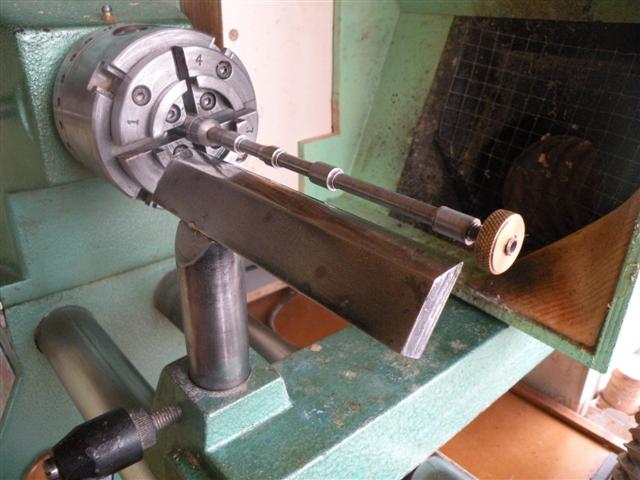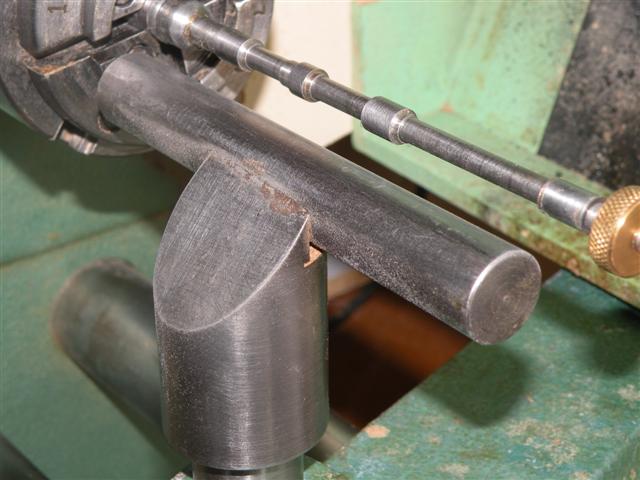AESamuel
Established Member
Hi there!
I'm making a small (stanley 271 size) router plane and would like some advice on how to connect the brass and steel together.
The construction will be very simple, a mild steel base (50x70x5mm) and a brass block (13x25x75mm pre-shaping) drilled out with two holes, one for the blade and one for a thumb screw, with the brass block soldered directly on top.
Here's my questions which I would be grateful if anyone could answer!
I have two butane torches which I have used to harden the tips of tool steel, are these likely to be hot enough for the job? I could construct a basic hearth with a vermiculite base and some household brick walls to help alleviate the heatsinking of the metal.
Would "plumbers" grade flux and silver solder work or should I be looking more at something like silver-flo and some thinner silver wire? As an add-on, will silver solder be strong enough or do I need something like silver braze?
Do I need to create a gap or relief in the joint for the solder to flow or should I keep the joint flush?
Many thanks again in advance for any help
I'm making a small (stanley 271 size) router plane and would like some advice on how to connect the brass and steel together.
The construction will be very simple, a mild steel base (50x70x5mm) and a brass block (13x25x75mm pre-shaping) drilled out with two holes, one for the blade and one for a thumb screw, with the brass block soldered directly on top.
Here's my questions which I would be grateful if anyone could answer!
I have two butane torches which I have used to harden the tips of tool steel, are these likely to be hot enough for the job? I could construct a basic hearth with a vermiculite base and some household brick walls to help alleviate the heatsinking of the metal.
Would "plumbers" grade flux and silver solder work or should I be looking more at something like silver-flo and some thinner silver wire? As an add-on, will silver solder be strong enough or do I need something like silver braze?
Do I need to create a gap or relief in the joint for the solder to flow or should I keep the joint flush?
Many thanks again in advance for any help









































